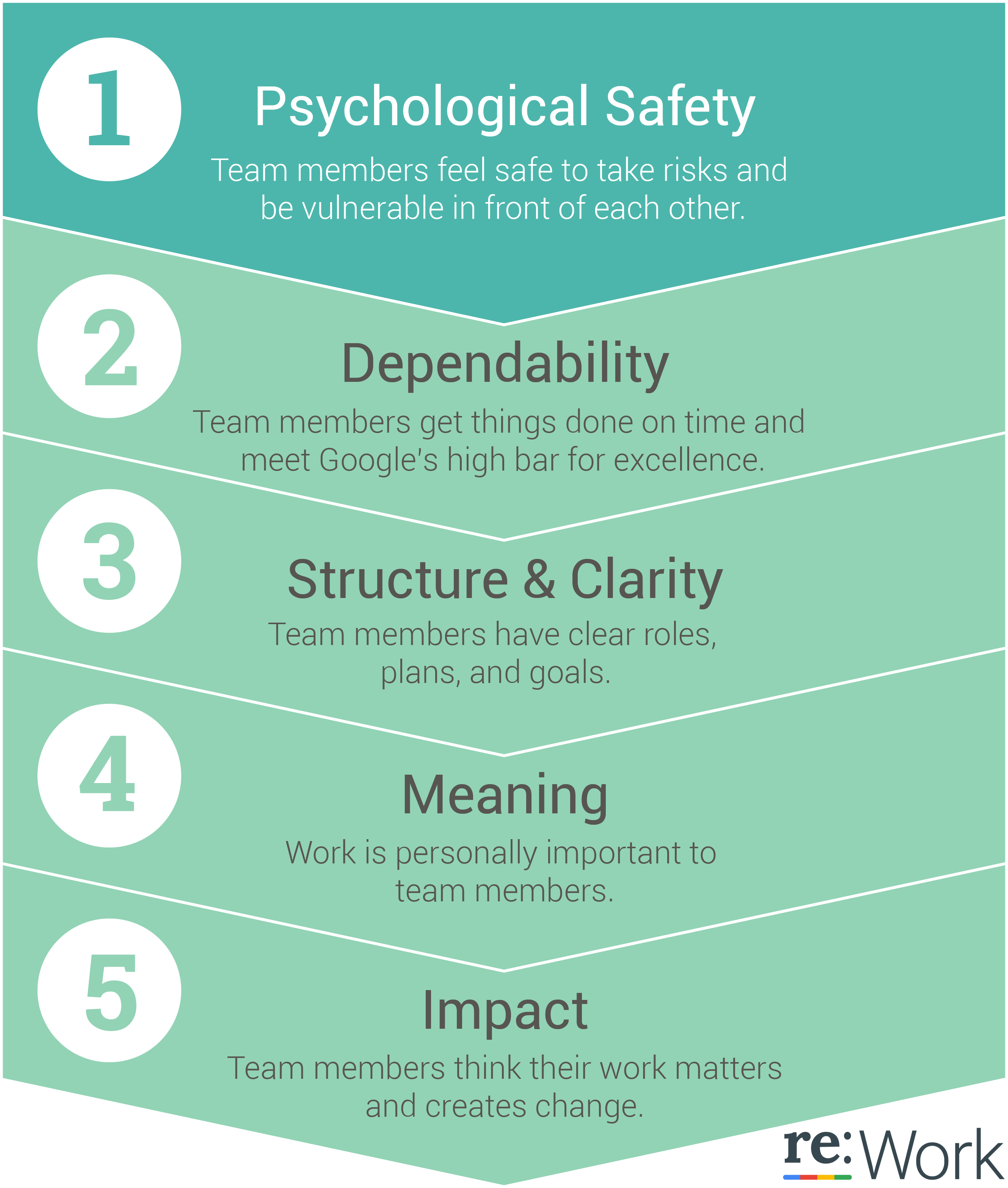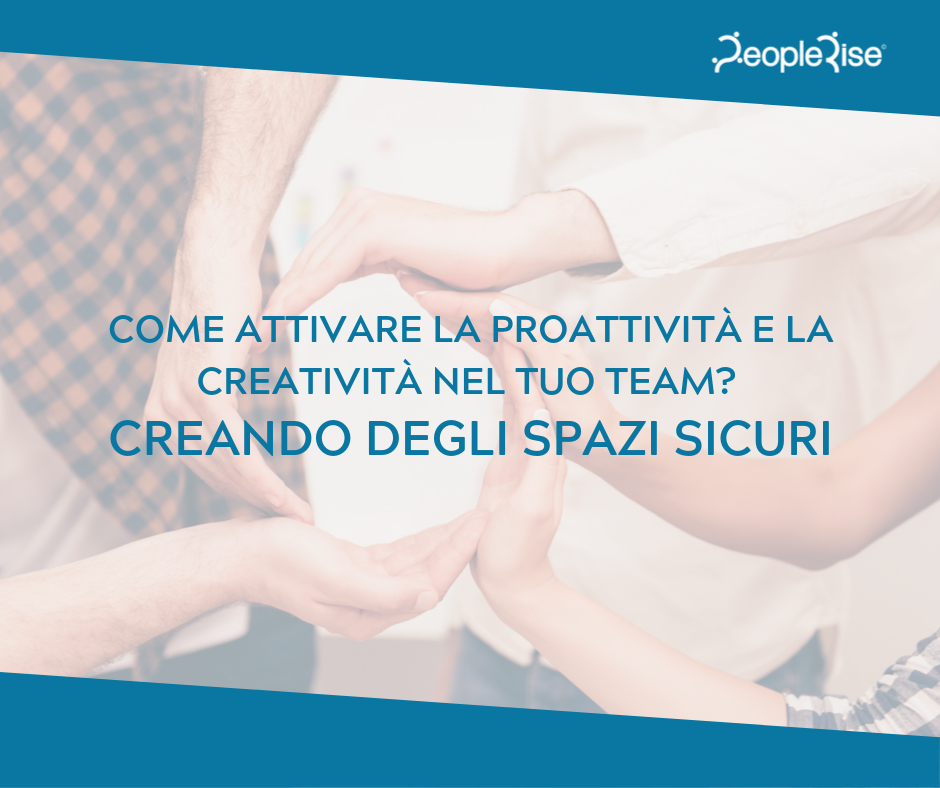The first step is to give people the opportunity to explore, to give their contribution
Have you ever been in a room where a group of people you don’t know are working together on a relevant topic? If you have, you will intuitively know a lot about the potential results of that team from the atmosphere, interactions and emotions that you have breathed. If you have noticed that the only one speaking is the boss, that most of those present have their eyes on the ground or are doodling indifferently, or that the climate is tense, formal, and no one dares ask questions, you will not be slow to assume that people probably do not feel fully comfortable. And probably, even if they had interesting observations to share, they would avoid doing so.
In an atmosphere like this, people probably don’t feel safe enough to express themselves. Very often this happens because the psychological space in which they are called upon to share is a space that is:
- characterized by strong hierarchical rules, where those who have more power have more freedom to say what they think, hear and sense;
- where there is a climate of “hunt for the culprit”, especially generated by an attitude to see the topic of discussion as something to answer rightly or wrongly;
- in which there is a strong internal competition, fed by a system of prizes (and sometimes punishments), for which the other members of the team are not seen as allies, but as enemies.
In this type of unsafe space, maybe someone shares their opinions when asked, but unless they are the superior or the specialist, they carefully avoid telling their concerns, or their enthusiasm, let alone their intuitions. Underground there is the fear of giving and receiving constructive feedback, there is a poor predisposition to express their doubts, to ask “obvious” questions, and hesitate to express ideas in disagreement with the majority or with the superior.
Yet, both academic research conducted with teams of high diversity (department, geography, culture) such as that of Stanford University[1]and the experiences collected in the field by innovation giants such as Google[2]keep telling us the same thing. Like a mantra, we’re told that psychological security, the one we call at Peoplerise safe space is THE factor that first makes it possible for workgroups to become effective.

-
But what is safe space and why is it so important?
Safe space is the space where I can be myself with others, sharing my vulnerability and my authenticity. It’s a space where I’m not limited by role-related codes of conduct: I can be a team leader and not have the answer; or I can be an intern who shares an observation. The words ‘error’, ‘guilt’ and ‘limit’ do not exist and neither does the fear of doing the wrong things. Because the safe space is a space of possibilities, of amusing thought, of inclusion of diversity, of learning and exploration, where it is admitted not to know, not to have the answers and to risk undertaking that adventure of shared discovery. Safe space is the space of questions and vulnerability, while insecure space is the space of fake answers and superheroes.
But it is only by accepting to enter into contexts of non-knowledge, that we will move from relying on the past of knowledge, products, established relationships, to move towards the emerging future of other possibilities. And it is in these places that, typically, we have the opportunity to develop other parts of us and to marvel: it is here that we generate transformation and innovation.
How is it possible to cultivate it?
At Peoplerise, we always try to create the conditions for our workshop space to be perceived as safe:
- we make explicit some guidelines of being together that go in this direction, such as the freedom to ask questions, taking care of one’s own needs, people coming together beyond their roles;
- we frame the work as a learning journey and not as a moment of performance;
- we work with prototypes in mind and not with finished products;
- first of all, we admit that we don’t have all the answers and that we’re fallible;
- we give examples of curiosity, asking lots of questions and stimulating others to ask;
- we cultivate mutual empathy and deep listening through exercises that encourage people to tell personal stories and share emotions;
- we create moments of deep connection with ourselves and our own motivation, also through practices of mindfulness and work with the body.
Safe space as a defined space?
Beyond the workshops, our ambition is to support organisations and individuals, especially those in positions of responsibility, to permanently nurture a culture of safe space. In this way, each of us, regardless of our role, can be creative, proactive and enterprising in looking at our own context to work out its needs, and feel valued in the ability to propose solutions to meet them. In essence, we like to contribute to the spread of workplaces where we can be ourselves at our best.

